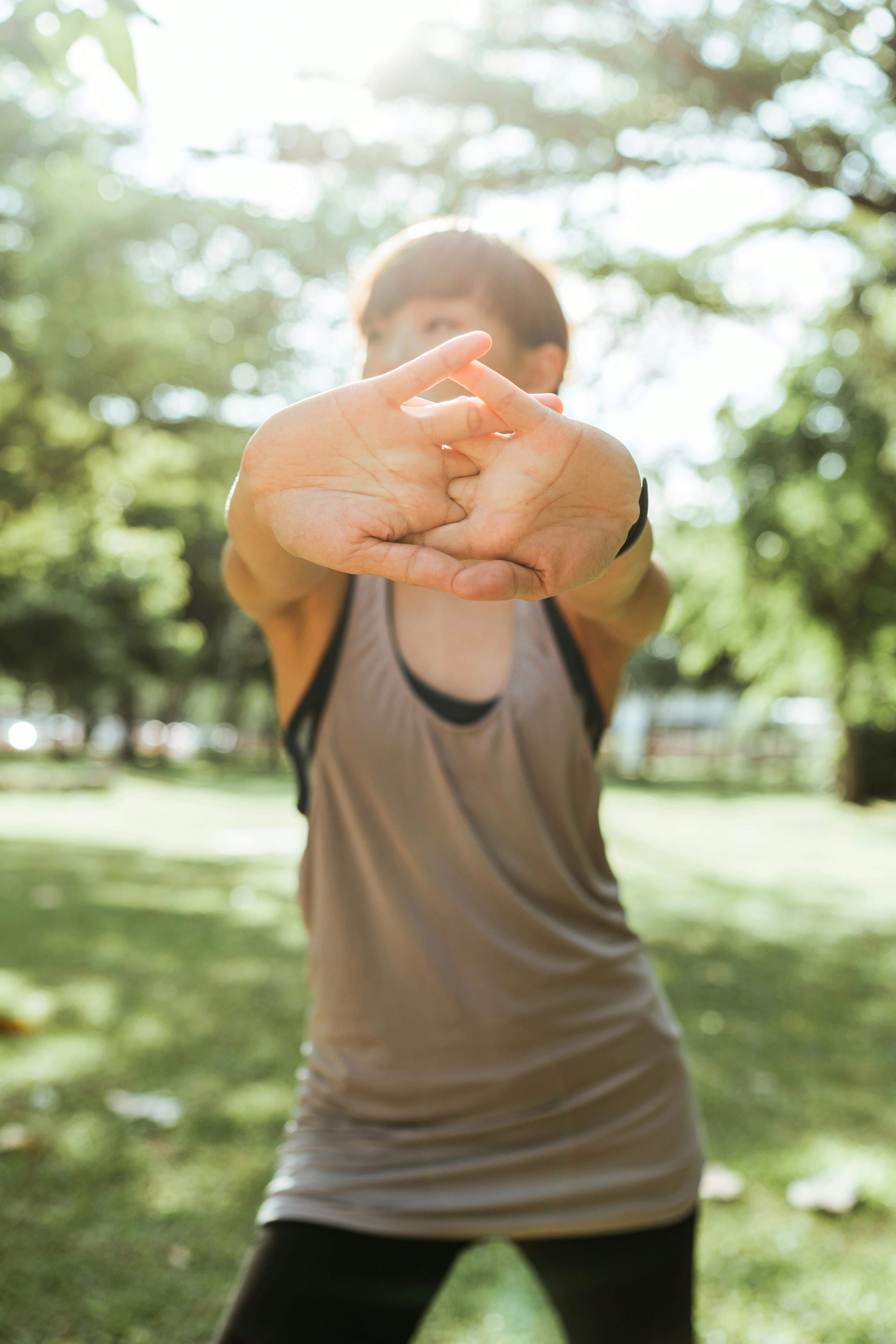Unveiling the Health Benefits of Grounding: A Connection with Earth
Have you ever wondered why walking barefoot on grass feels so refreshing? This sensation is more than just a simple pleasure—it's a wellness practice known as grounding or earthing. Let's delve into the science behind this phenomenon and explore how it can enhance your health and well-being.

The Science and History of Grounding
Grounding, also known as earthing, is a practice that involves direct skin contact with the surface of the Earth. The concept is rooted in the understanding that the Earth emits a natural, subtle electric charge, and direct contact with it can have therapeutic effects on the human body.
Historically, humans have always had a close relationship with the Earth, walking barefoot and sleeping on the ground. However, modern lifestyle changes, such as wearing rubber-soled shoes and living in high-rise buildings, have distanced us from this natural connection.
Scientific interest in grounding began to emerge in the late 20th century. A series of studies conducted by Clinton Ober and his team in the early 2000s provided the first evidence of grounding’s potential health benefits.
Grounding in Today’s Health Landscape
Today, grounding is gaining recognition in the health and wellness community. It’s seen as a simple, natural, and accessible way to potentially improve various aspects of health, from sleep quality to inflammation levels.
Research suggests that grounding can help balance the body’s bioelectrical environment. This balance may have a positive impact on our physiological processes, such as sleep, pain management, stress, and immune response.
The Benefits and Challenges of Grounding
Grounding offers several potential benefits. Studies have shown that it can reduce inflammation, improve sleep, decrease stress, and enhance overall well-being. It’s also a free and accessible practice that anyone can incorporate into their daily routine.
However, grounding also has its challenges. The practice requires direct contact with the Earth, which can be difficult for those living in urban environments. Additionally, while the research on grounding is promising, it’s still an emerging field, and more studies are needed to fully understand its effects.
Grounding: Practical Tips and Facts
-
You can practice grounding by walking barefoot on grass, sand, or soil.
-
Grounding mats and sheets are available for indoor use.
-
The best times for grounding are early morning and late afternoon.
-
Grounding for just 30 minutes a day can have beneficial effects.
Embracing the Earth’s Natural Charge
Grounding offers a unique way to enhance our health and well-being by reconnecting with the Earth’s natural electric charge. While more research is needed, the potential benefits of this simple and accessible practice are certainly worth exploring. As we continue to seek out new and innovative ways to improve our health, grounding reminds us that sometimes, the answers can be found right beneath our feet.





